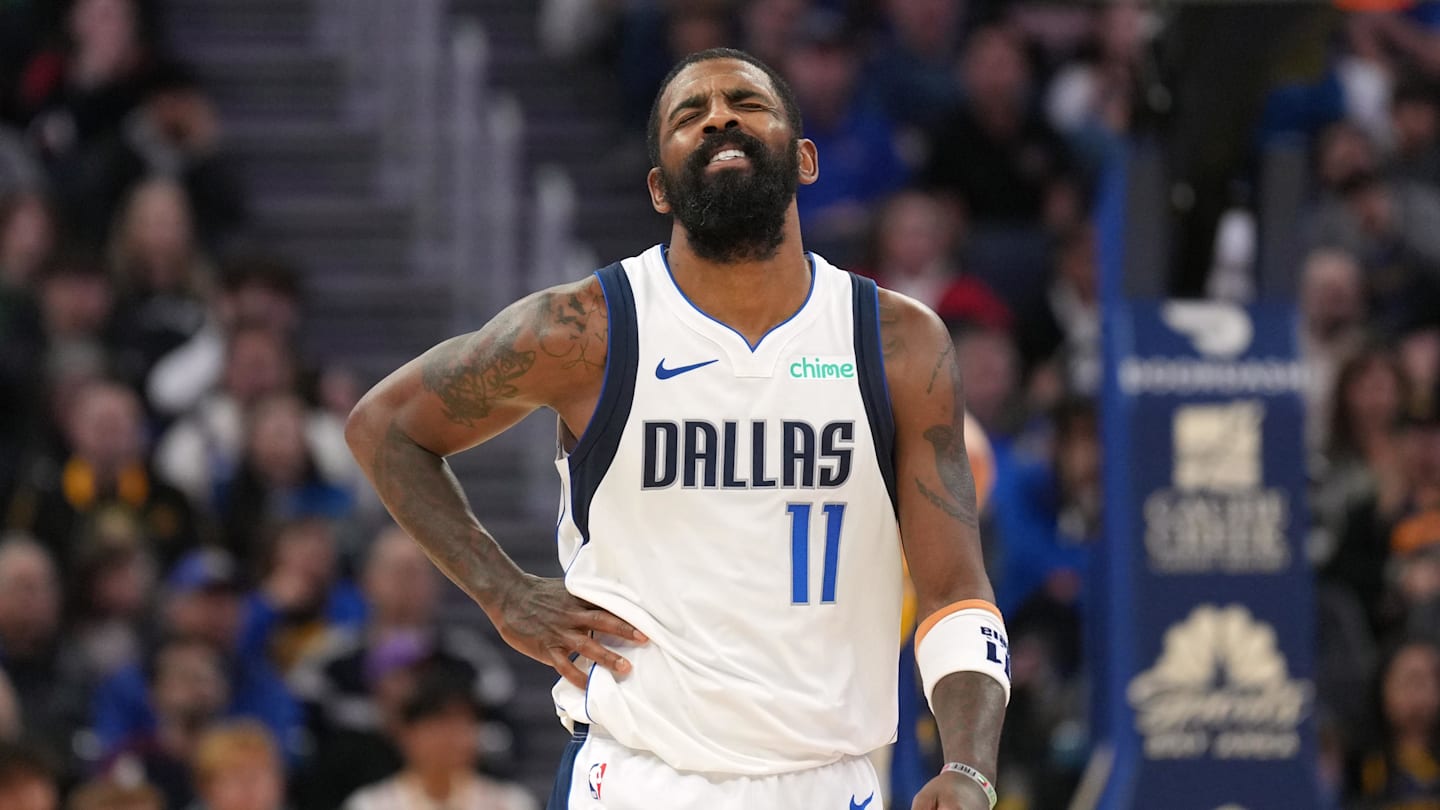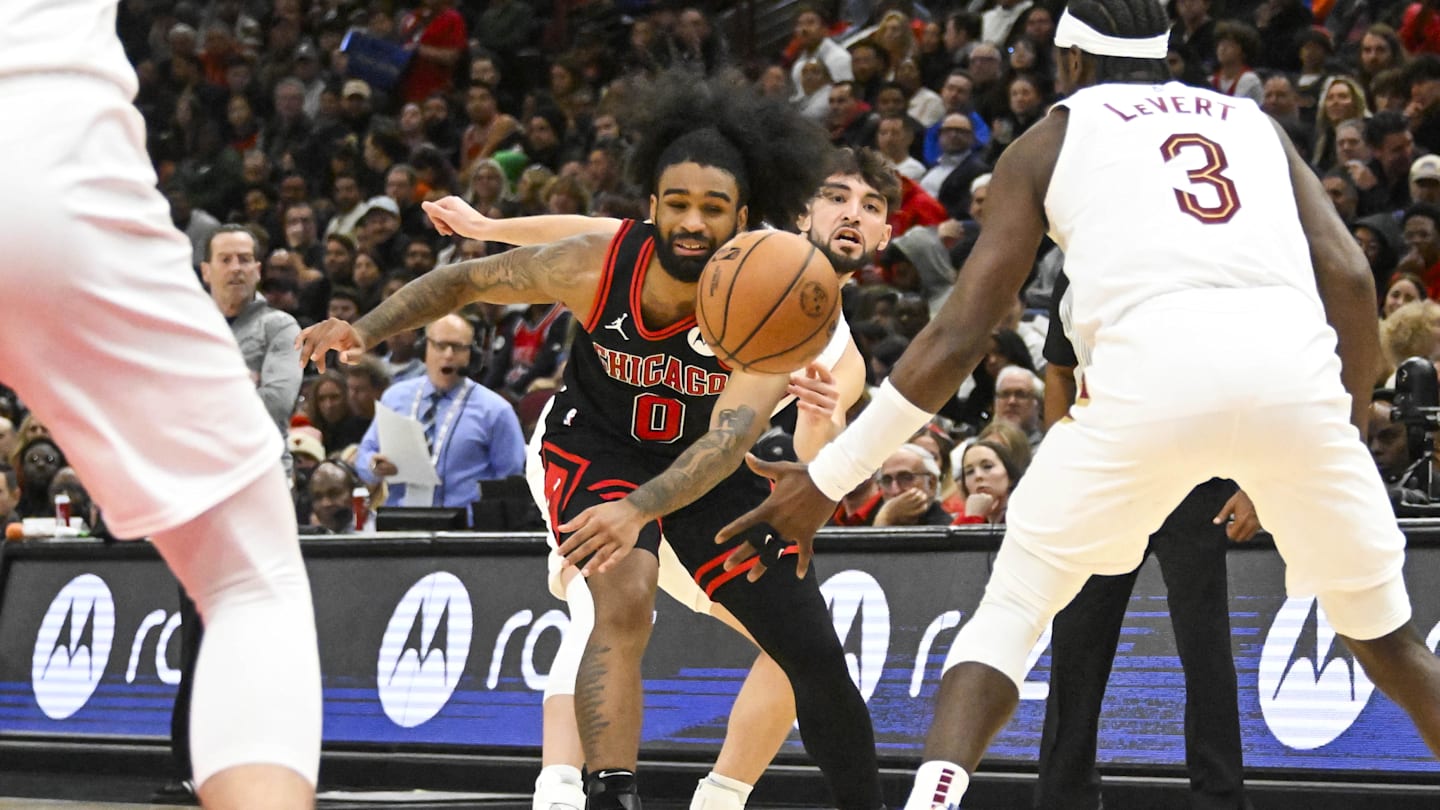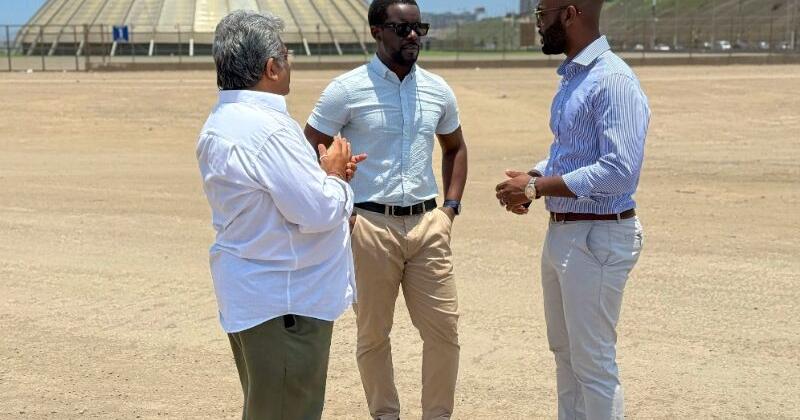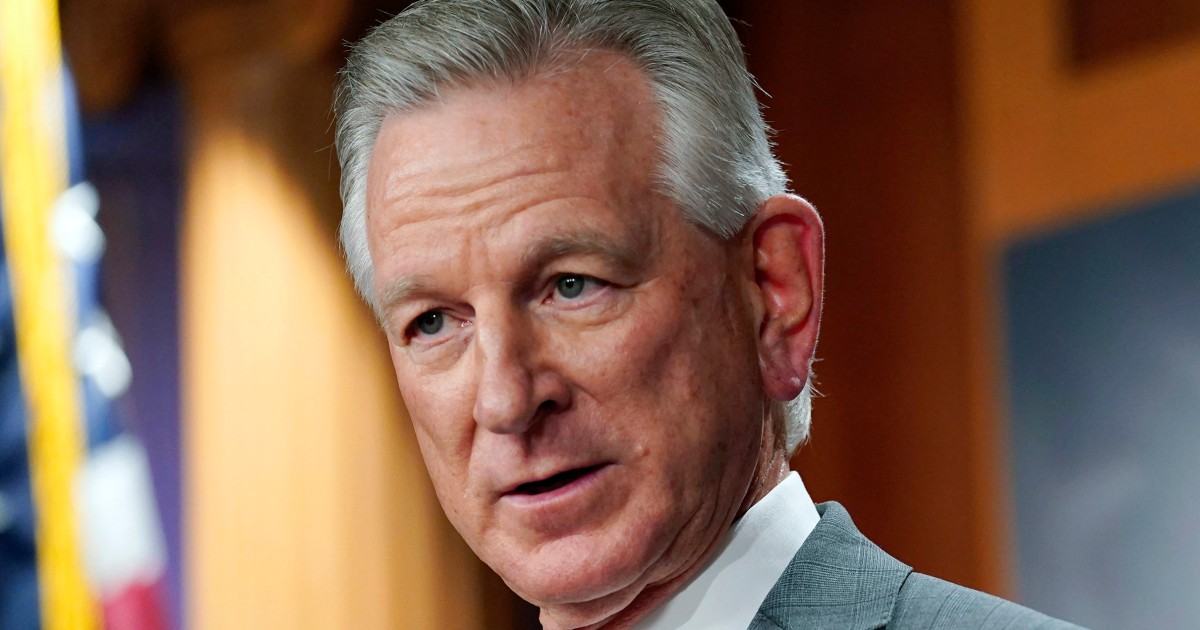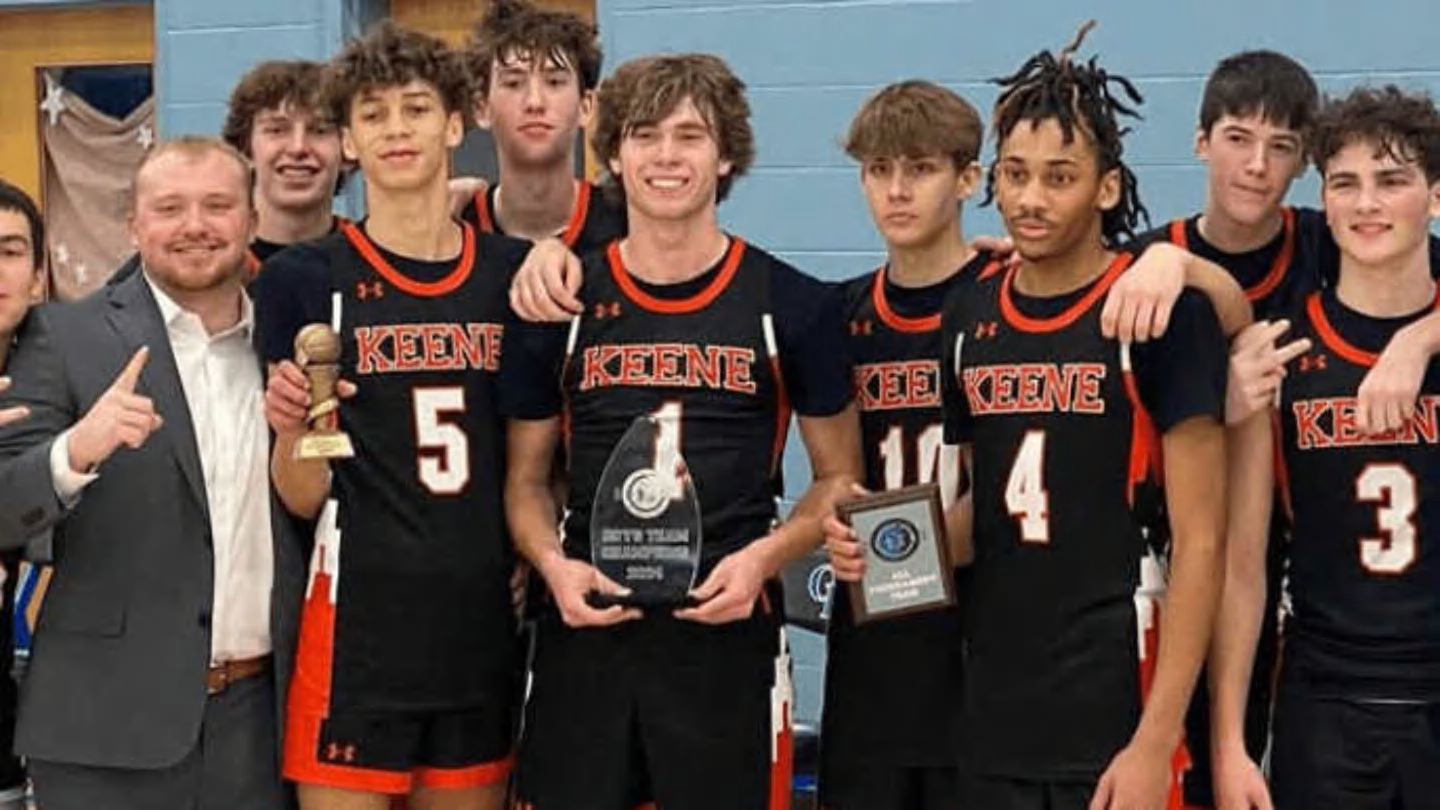How New Salary-Cap Rules Limit Every NBA Team

Rocky Widner/NBAE via Getty Images
The NBA’s 2023 collective bargaining agreement (CBA) instituted stricter rules to both slow and speed spending. The league has instituted two hard caps for teams that go well above the luxury-tax threshold. Those above the first and second aprons have limited tools to sign or trade for players.
Similarly, the days of teams choosing not to spend in the offseason and hoarding cap room until the February trade deadline to take on unwanted salary have been all but phased out.
The impact of the new CBA was evident this offseason. The Golden State Warriors broke up the Splash Brothers with Klay Thompson moving on to the Dallas Mavericks, while the L.A. Clippers chose not to pay Paul George what the Philadelphia 76ers were willing to offer.
Meanwhile, some teams have begun to hand out short-term, inflated contracts to reach the salary floor (90 percent of the salary cap). The Indiana Pacers did so with Bruce Brown last offseason, and the Detroit Pistons did with Tobias Harris this summer.
Some despise the new rules, but many haven’t taken the time to study them thoroughly. The overarching goal is to ensure that the league and players split the annual Basketball Related Income (BRI) at about 50 percent each season. That wasn’t the case last season. Team salaries were too high, so players gave up almost 5.3 percent of their contracts to close out the year.
The new system may take a few years to prove itself, but there’s no question that the rules limit NBA teams. Holdovers from the prior CBA that trigger the first apron ($178.1 million) include signing players via the Non-Taxpayer Mid-Level Exception (NTMLE), Bi-Annual Exception (BAE) or sign-and-trade. New triggers include using preexisting traded player exceptions (from the prior season) and bringing back more salary than is sent out (via the Extended Traded Player Exception or ETPE), among others.
The newer second apron ($188.9 million) is triggered when a team signs a player with the Taxpayer Mid-Level Exception (TMLE) or, via trade, aggregates players or sends cash. While a franchise can send out a player via sign-and-trade (like the Minnesota Timberwolves with Kyle Anderson), it only triggers a second-apron hard cap only when taking back someone in return, which Minnesota chose not to do.
Even though several trades were executed during the 2023-24 calendar year, moves made during the pre-July offseason can still trigger a hard cap for the following (2024-25) season.
The following list details each team (sorted by city), its current hard cap (via the most restrictive and first trigger) and how those restrictions may or may not be limiting.
Related
NBA Fans React To Dallas Mavericks Kyrie Irving Announcement
On Monday night, the Mavericks are playing the Sacramento Kings (at home in Dallas). During the game, Kyrie Irving had to be helped off the court to the locker
NBA Announces Cleveland Cavaliers Punishment Before Bulls Game
The Cleveland Cavaliers are set to travel to Chicago to face the Bulls on Tuesday, a matchup of two teams in far different positions. Separated by 26.5 games in
Rockets-Thunder updates: As injuries mount, Reed Sheppard impressive in first…
With Houston missing five rotation players due to injury or back-to-back maintenance, young prospects Reed Sheppard and Cam Whitmore took advantage of a rare op
Lakers are real contenders, Cavaliers keep rolling and Kevin Durant’s…
On this episode of Good Word with Goodwill, Vince and Travonne Edwards unpack the Los Angeles Lakers success since acquiring Luka Doncic.Vince and Travonne then
